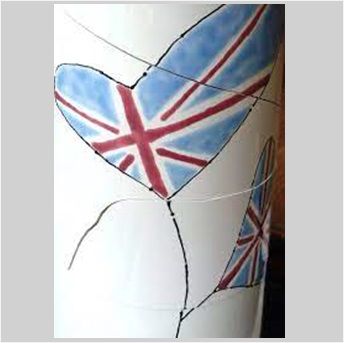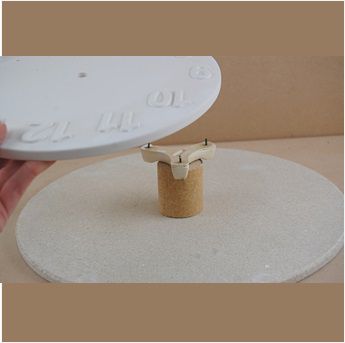Split Cracked Pottery During Firing

Wares That Crack or Split During Firing
Dunting: Split or Cracked Pottery
Dunting is the splitting or breaking of pottery inside the kiln. It usually occurs on larger, thicker wares. Dunting can appear as long, clean, body cracks with sharp edges that could be vertical, horizontal or spiral. It can exhibit itself as simple hairline cracks or ware can fracture into pieces. Dunting occurs more commonly during cooling (cooling dunts) but can occur during the heating process (heating dunts).
Identifying a dunting crack
To help identify the type of dunting crack, it is important to examine the piece. On a glazed piece, if both the pottery and glaze have a clean edge, then the crack occurred upon cooling thereby suggesting the possibility of too rapid or uneven cooling. If the glaze edge is rounded and has flowed into the crack, then the crack occurred during the heating process.
Heating Dunts
Rapid increases in temperature may cause heating dunts.
Suggestion: Slow down the heating process (i.e. from 0°c to 600°c, lower the ramp time to 100°c increase per hour or hour and half ). Stack wares carefully to promote uniform heating, cooling and shrinkage. Keep taller items in the centre of the kiln shelf away from direct heat.

Cooling Dunts
Typically, the top of the item will cool much faster than the bottom (because the bottom has the heat from kiln shelf keeping it warm).
Suggestion: raise the item by 1" using a combination of props and stilts (or by using a plate crank) as this will promote even heat distribution during the heat and cool down sections of the kiln firing process. Remember that flat or heavy items may “sink” if not appropriately supported during the kiln firing. Do not open the kiln too early - wait until the temperature drops below 100°c.